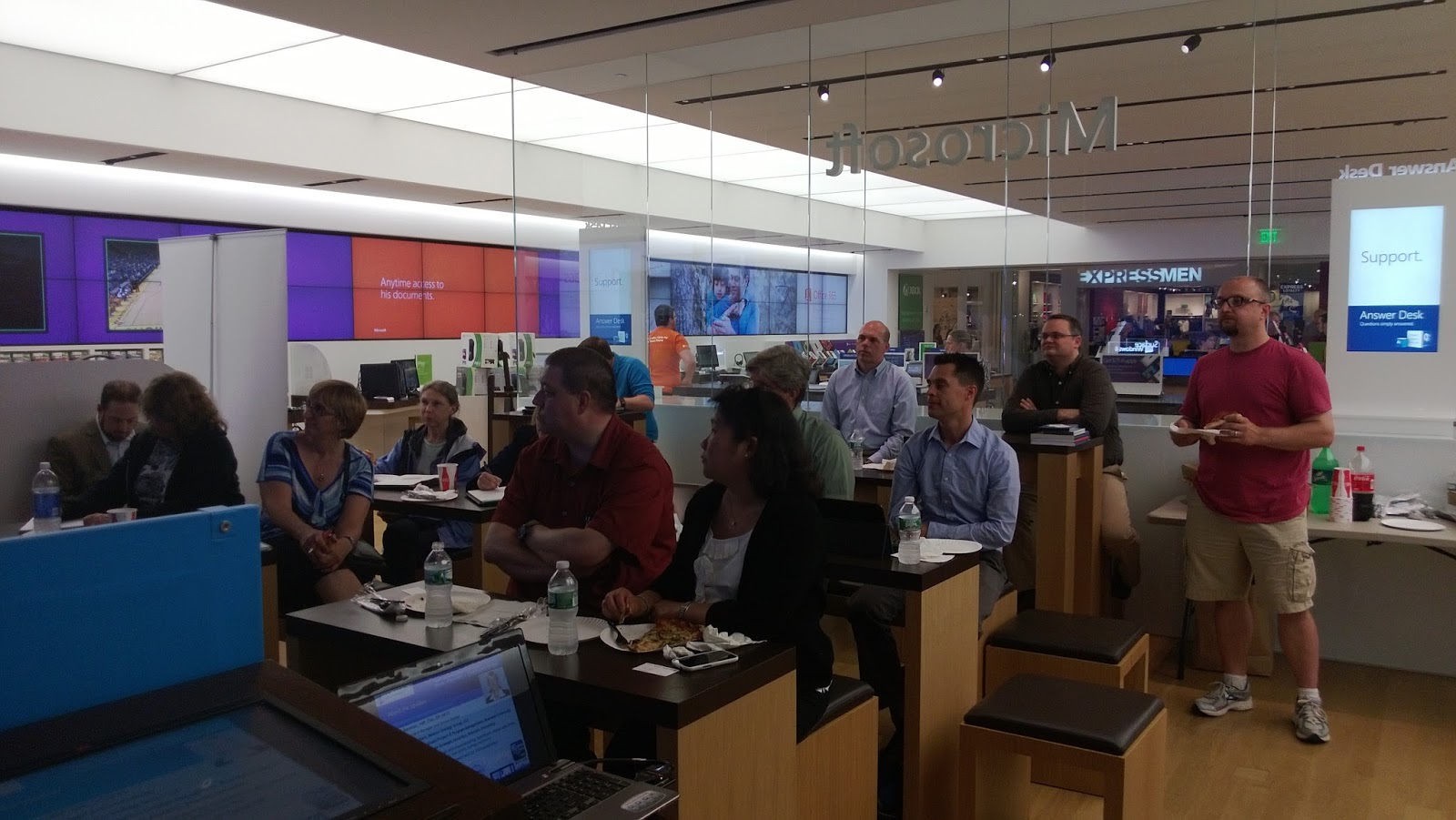 |
| 100 data points |
I’m a software application developer, but I get this. Metrics are the photographs of business.
While I’m at it, here’s another classic cliché for ya… “A picture’s worth a thousand words.”
What if your picture has been reduced to a small number of data points?
You get something like the image on the left… there’s actually 100 data points in that image: the resolution has been reduce to a very small number of pixels, each expressed as a block of color. (The image it was originally reduced from is about 40,000 data points.)
Anyway, this is what metrics are to a business… data points that, when taken collectively, become the model or picture of the state of the company.
Standard GAAP accounting is supposed to provide a meaningful definition of metrics for any company, of any size, and for some purposes this may be sufficient.
Problems generally come in with the specialization of a company… the metrics it measures its own processes and performance by.
Too many metrics, and it can’t all be taken in… like getting a close up of the whisker I missed when I shaved. (From the “be careful of what you wish for” department.) Thankfully that doesn’t happen very often; it’s hard to imagine justifying the expense of that kind of metric “resolution”.
It’s far more likely there are too few metrics.
Imagine what it would look like if we reduced the resolution of the picture further… say to one data point.
Imagine, for example, if you only considered the price of a share of common stock in trying to get an idea of how well a company is performing. Indeed, that’s definitely a “single pixel” view, and it really won’t tell you anything about the stock or the company attached to it.
Now take this, again, to internal processes. Let’s imagine a bank that measures its loan officers only by their average ROI on loans.
Ok… so that’s a silly extreme, but let’s just run with it for a moment…
Imagine trying to provide a bonus-impacting performance review of a loan officer when the only metric you had was the ROI on their loans. The average interest rate of the loan may be a valuable metric, but only when taken with other metrics.
It won’t be long before all the loan officers are writing a few extremely short term loans for a penny at hundreds to thousands of percent interest. Hey, for $99.99, ROI on the penny just netted someone another $10k in bonuses, right? Again, a goofy extreme example, but you get the point.
This is a problem that’s plagued more than just a few business units… more than a few businesses, corporations, conglomerates. Really, it’s impacted more than just a region, and even the nation. Poor metrics beget poor metrics. In the global economy, poor metrics, taken collectively, have hidden a great number of sins that contributed significantly to the global downturn referred to as “The Great Recession”. (Who wants to know where they’re going when they don’t like the answer, I guess, huh?)
No one, from your boss, to world governing bodies, can point the ship in the right direction without a clear picture of where we’re at.




